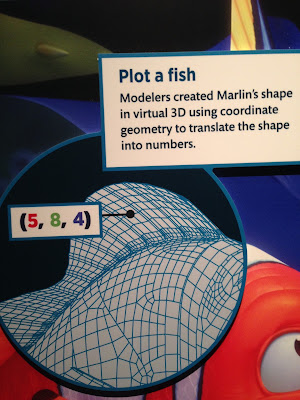When I looked at the example I thought this may be a way to help students develop number sense.
Then I began to think about how the balance beam could be used to help students with the basic multiplication facts.
So, I began to play . . .
 |
| 6 times 2 balances with 3 times 4 |
 |
| 10 times 2 balances with 4 times 5 |
Then I thought how many different ways could I balance 10 times 2?
 |
| 10 times 2 balances with 5 times 4 |
 |
| 10 times 2 balances with (5 times 2 + 10 times 1) |
Now I changed it up a bit to also include addition!
 |
| 10 times 2 balances with (2 times 6 + 8 times 1) |
 |
| 10 times 2 balances with (2 times 6 + 4 times 2) |
I had to stop playing to give others a turn!
My questions are:
- Can the balance beam be used as I have demonstrated?
- Would this type of activity help students with understanding multiplication?
Sousa, David A. How the Brain Learns Mathematics. 2nd ed. Thousand Oaks, CA: Corwin, 2015. Print.






